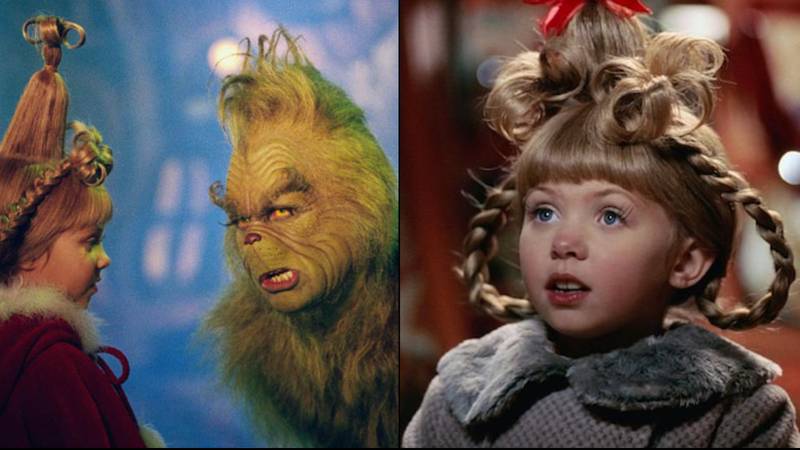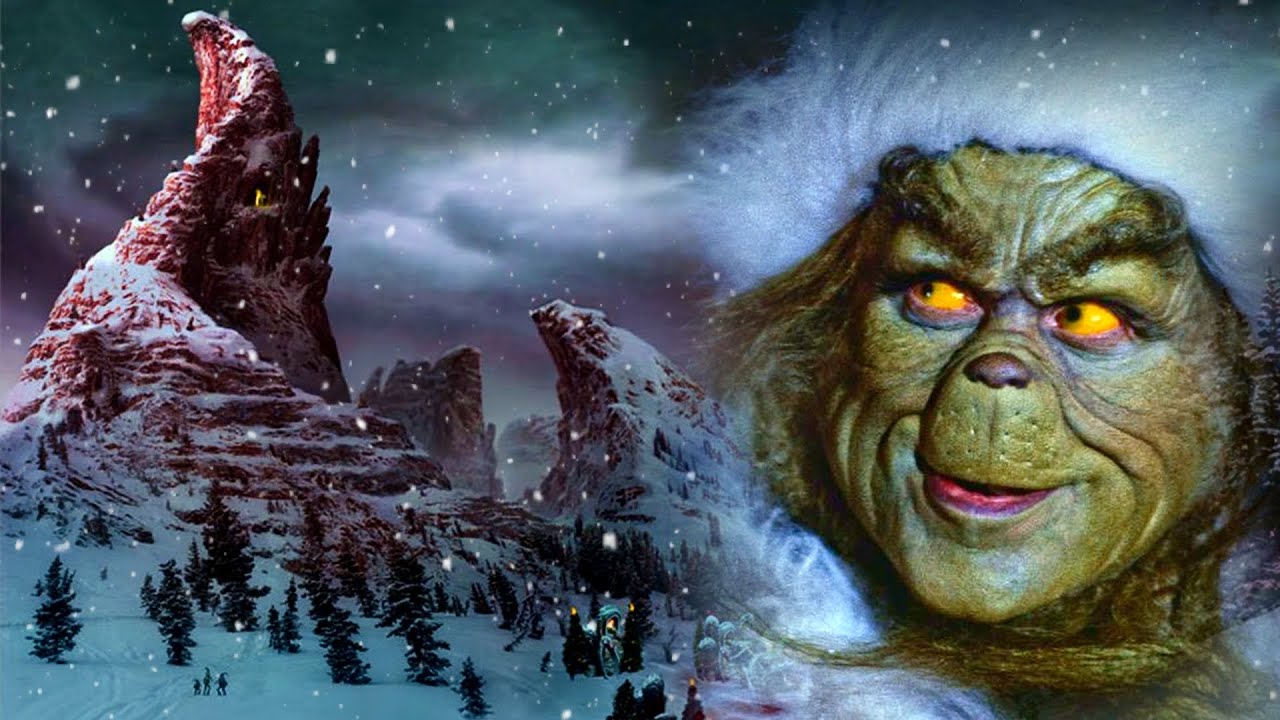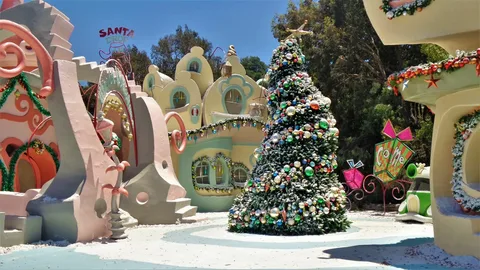Whoville is an enchanting town created by Dr. Seuss, home to the Whos. These small, cheerful creatures are known for their lively community and joyful spirit. Whoville has appeared in classic stories such as “Horton Hears a Who” and “How the Grinch Stole Christmas,” capturing the imagination of audiences with its warmth, unity, and celebration of kindness.
The Whoville People: Who Are They?
The Whos are small, furry creatures with distinctive features and expressive personalities. They have large eyes, small bodies, and a joyful presence that reflects their lively community. Whoville society values togetherness, generosity, and happiness. Every member of the town plays a role in maintaining harmony and celebrating communal events.
Whoville emphasizes that every individual matters, regardless of size or strength. This message highlights the importance of inclusion, empathy, and respect for others, which remains central to Dr. Seuss’s stories.

Notable Whoville Characters
Several Whoville residents have captured the hearts of readers and audiences:
-
Cindy Lou Who
A young girl known for her kind heart and courage. Cindy Lou Who helps the Grinch understand the true meaning of Christmas and shows the value of compassion and empathy. -
Mayor McDodd
The town’s leader, Mayor McDodd embodies fairness, dedication, and care for all Whos. His role reflects the importance of guidance and community service within Whoville. -
The Grinch
Initially a character who despises Christmas, the Grinch undergoes a transformation after witnessing the Whos’ resilience and joy. His story emphasizes redemption, empathy, and the power of communal spirit.
Whoville in Dr. Seuss’s Stories
In “Horton Hears a Who,” Whoville exists on a tiny speck of dust. Horton the Elephant discovers this town and pledges to protect its inhabitants despite skepticism from others. The story conveys that every life is valuable, and even the smallest creatures deserve attention and respect.
In “How the Grinch Stole Christmas,” Whoville is depicted as a bustling town filled with holiday cheer. The Whos celebrate Christmas with energy and togetherness. The Grinch attempts to steal their joy, only to discover that the true spirit of Christmas lies in community and love rather than material gifts.
The Cultural Impact of Whoville
Whoville has influenced popular culture and holiday traditions worldwide. Its characters, decorations, and values inspire stories, celebrations, and media adaptations. The Whos remind audiences of the importance of kindness, generosity, and community, making Whoville a lasting symbol of joy and togetherness.

Conclusion
The Whoville people continue to enchant generations with their vibrant culture, moral lessons, and celebration of unity. Their stories highlight the importance of empathy, community, and the true spirit of celebration. For more cultural stories and insights, visit Usa Time Magazine.
FAQs
What are the Whoville people known for?
The Whos are known for their cheerful nature, community spirit, and celebration of kindness.
Who is the main character in Whoville?
Cindy Lou Who and the Grinch are central figures in Whoville stories.
Where is Whoville located?
Whoville is a fictional town. In some stories it exists on a tiny speck, while in others it is a snowy, small-town setting.
What lesson do the Whos teach?
They teach the importance of community, kindness, empathy, and joy beyond material things.
Are the Whos real?
No, the Whos are fictional characters created by Dr. Seuss.
What does “a person’s a person, no matter how small” mean?
It emphasizes that every individual, regardless of size or status, has value and deserves respect.
Has Whoville been adapted into films?
Yes, Whoville appears in various animated specials and live-action films.
Who is the Grinch?
The Grinch is a character who learns the true meaning of community and celebration through the Whos.
What is the significance of Whoville Christmas celebrations?
They show that joy and togetherness matter more than material gifts.
Can I visit Whoville?
Whoville is fictional, but its charm is recreated in theme parks and media experiences.
